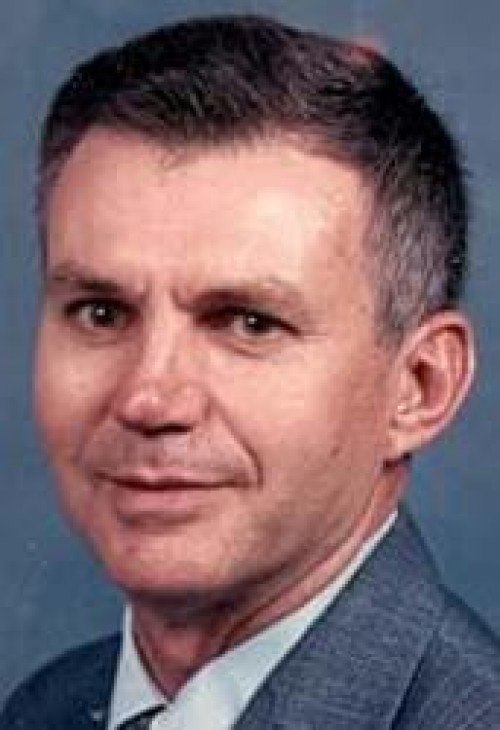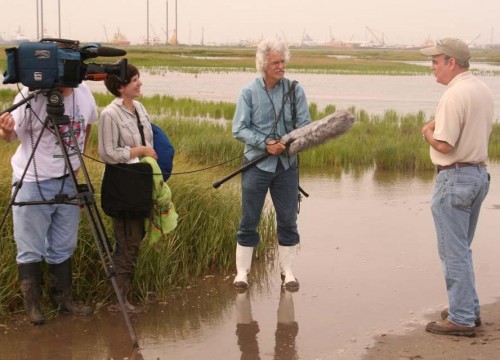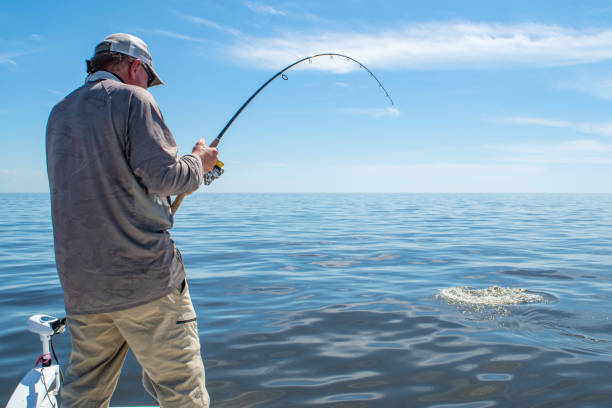
James "Jim" Taylor Folse
October 21, 2008October 23
October 23, 2008Imagine trying to prepare a meal, but the seafood is gone.
What if you need a caffeine fix, but there is no coffee?
How about driving your car, but there is no gas to fill the tank?
The scenarios are real.
That is what could happen if Louisiana’s coastal land loss issue is not solved, according to a new documentary film, “Harvest to Restore.”
“We cannot study the coastal erosion crisis anymore,” said Michelle Benoit, director, producer and writer of the film. “The window is closing. We have to get out there and do something.”
Benoit added, “It took the Mississippi River 7,500 years to build this land, but it only took about 75 years for us to mess it up.”
Co-produced with the Barataria-Terrebonne National Estuary Program and Louisiana Public Broadcasting, which premiered the 30-minute film last month, “Harvest to Restore” examines a method that some scientists believe is practical for restoring the state’s natural ecosystems – pipeline sediment delivery.
The process involves dredging sediment from the bottom of a waterway, then pumping it through a one-to-three mile long pipeline into an open water area.
New land, firm enough to walk on, can be created in a month depending on the type of material used, according to engineers.
“It’s a technology that’s been proven and used all over the world – Africa, Dubai, Iraq, Japan, and China,” said Shelly Sparks, BTNEP media relations coordinator. “This is done all the time, but not necessarily for environmental improvement. It’s usually done for building up foundations or laying roads.”
The technology has been used for over a decade on small restoration projects in Louisiana such as Timbalier Island, a narrow strip of land south of Terrebonne Bay.
The BTNEP would like to see this technique used on a larger scale.
“What we advocate for is to create new land, lay some more pipeline on top of that and keep building outward,” Sparks said. “The reason we made the film is because a lot of people don’t realize that this technology is out there. It can be used to help solve our problem.”
The task for Benoit was to make a wetlands issue interesting for the viewers, and explain how more wetlands equal less storm damage.
She mixes animation and live action footage to break down how pipeline sediment delivery would apply to ridges, marshes, wetlands and barrier islands.
One process to rebuild a barrier island requires fencing to capture the sand, and allowing the natural vegetation to return and anchor the sediment into place.
“We were able to film at Last Island,” Benoit said. “One of the hurricanes (Katrina or Rita) created a new cut through there and engineers from Weeks Marine were filling it in. When you go out there in a boat and see how fast and effective this is it was breathtaking.”
Benoit also wanted viewers to understand why restoring Gulf Coast wetlands is important to their day-to-day lives.
Using interviews with experts like Port Fourchon Director Ted Falgout and Port of New Orleans President and CEO Gary LaGrange, along with dramatized scenarios, she conveys how vital south Louisiana is to the rest of the country.
“If you can’t protect LOOP (Louisiana Offshore Oil Port), then you don’t have oil and gas,” Benoit noted. “You can’t heat your home in New England. You can’t drive your taxicab in New York. Almost half the coffee we drink comes through the port of New Orleans.”
“That means something to people. Coffee. New Orleans. Wetlands. Okay that makes sense. Those are direct stepping stones that are accessible to the public,” she added.
The film considers the negative aspects of pipeline sediment delivery, such as costs.
Advocates for the technology readily admit it is very expensive compared to other ideas for coastal restoration. However, they believe the speed of benefits outweighs the costs.
“It’s not something where you spend billions of dollars and have to wait 100 years to see an improvement in our coast,” Sparks said. “We can build land quickly and it can be sustained.”
One place supporters said they could get plenty of sediment is from the U. S. Army Corps of Engineers.
In the 2007-08 fiscal year, the Corps dredged 47 million cubic yards of Mississippi River sediment from the Old River above Baton Rouge to the Gulf of Mexico at a cost of $94 million.
The BTNEP claims the Corps dumps all that sediment off the continental shelf.
“That’s tons and tons of sediment we are wasting every year that could be redirected through a pipe and used to build ridges, wetlands and marshes,” Sparks said.
However, Amanda Jones, public affairs officer with the Army Corps of Engineers New Orleans District, said the only sediment feasible for marsh creation is from the Southwest Pass.
“The last two years, we did a project where we used four million cubic yards of the disposal material to create marshland,” she said.
“Harvest to Restore” is the fourth film Benoit and her husband, Glen Pitre, also a filmmaker, have done for BTNEP.
For the south Louisiana natives, this film represents a moment when they not only talked about the coastal problems, but also took action to do something about it.
“Harvest to Restore” will air again Nov. 6, on LPB at 8 p.m.
Michelle Benoit, director, producer and writer of the film “Harvest to Restore,” conducts an interview with her film crew. She believes that the quickest and easiest way to solve the problem is pipeline sediment delivery. * Photo courtesy of BTNEP










